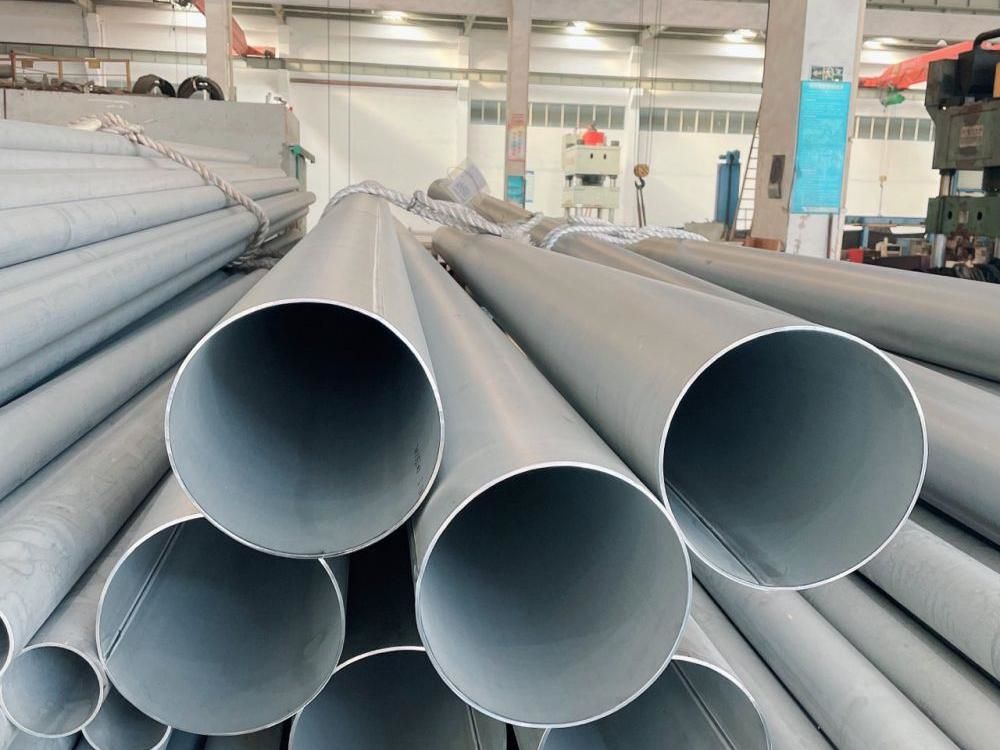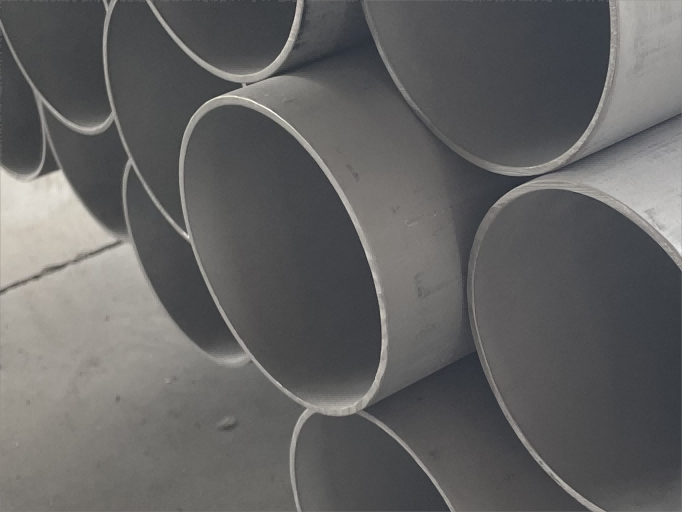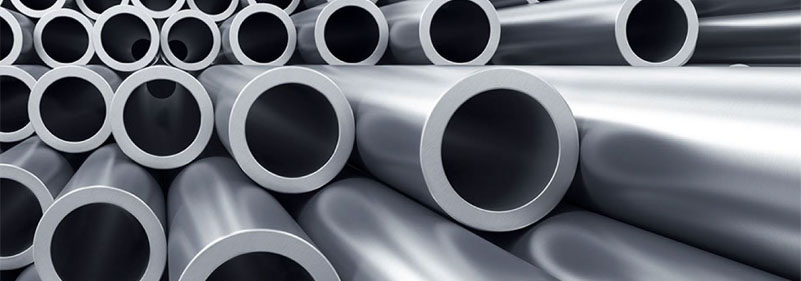Do you know what categories stainless steel is divided into?

Stainless steel, often abbreviated as stainless acid-resistant steel, earns its name by resisting weak corrosive media like air, steam, and water. It also withstands chemical corrosive substances like acids, alkalis, and salts. When steel can resist these chemical attacks, it's referred to as acid-resistant steel.
The term "stainless steel" encompasses resistance to weak corrosive media as well as chemical corrosive substances like acids and alkalis. Typically, corrosion-resistant steel for weak media is called stainless steel, while that resistant to chemical media is termed acid-resistant steel. However, differences in chemical composition mean that not all stainless steel resists chemical corrosion, whereas most acid-resistant steel is also stainless. The corrosion resistance of stainless steel depends on the alloying elements present in the steel.
Stainless steel is broadly classified into three categories based on metallurgical structure: austenitic, ferritic, and martensitic stainless steel. Variants like duplex steel, precipitation hardening stainless steel, and high-alloy steel with less than 50% iron have evolved from these categories to cater to specific needs and applications.

Austenitic stainless steel: Characterized by a face-centred cubic crystal structure (γ-phase), it's primarily non-magnetic but can be strengthened through cold working. The American Iron and Steel Institute labels it in the 200 and 300 series, such as 304.
Ferritic stainless steel: Featuring a body-centred cubic crystal structure (α-phase), it's predominantly magnetic and typically cannot be hardened through heat treatment but can be slightly strengthened by cold working. AISI labels these steels as 430 and 446.
Martensitic stainless steel: Possessing a martensitic structure (body-centred cubic or cubic), it's magnetic and can be hardened through heat treatment. The AISI labels martensitic steels with numbers like 410, 420, and 440. Cooling austenite to room temperature at a specific rate transforms it into martensite (i.e., hardens it).
Duplex stainless steel: Combining both austenite and ferrite, this type contains a phase matrix of generally over 15%, offering improved strength and corrosion resistance. 329 serves as a typical duplex stainless steel.
Precipitation hardening stainless steel: With an austenitic or martensitic structure, this type can be hardened through precipitation hardening treatment. AISI uses the 600 series labels, such as 630 or 17-4PH.

In summary, austenitic stainless steel offers superior corrosion resistance among these alloys. Ferritic stainless steel is suitable for less corrosive environments, while martensitic stainless steel and precipitation hardening stainless steel are used in mildly corrosive settings requiring high strength or hardness.

 English
English 中 文
中 文 Español
Español Português
Português Deutsch
Deutsch Türk
Türk Pусский
Pусский عربي
عربي 한국인
한국인 日本語
日本語
